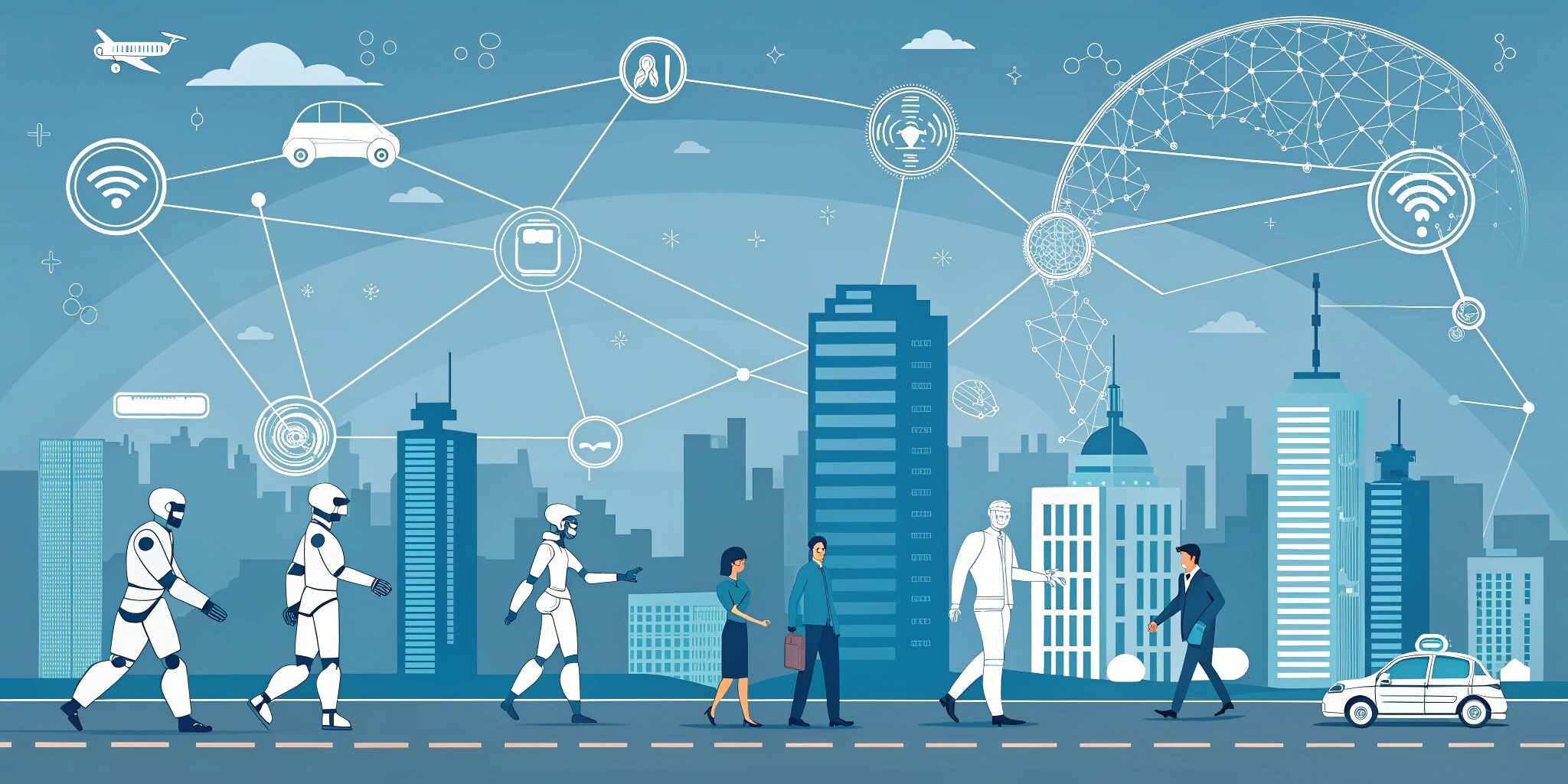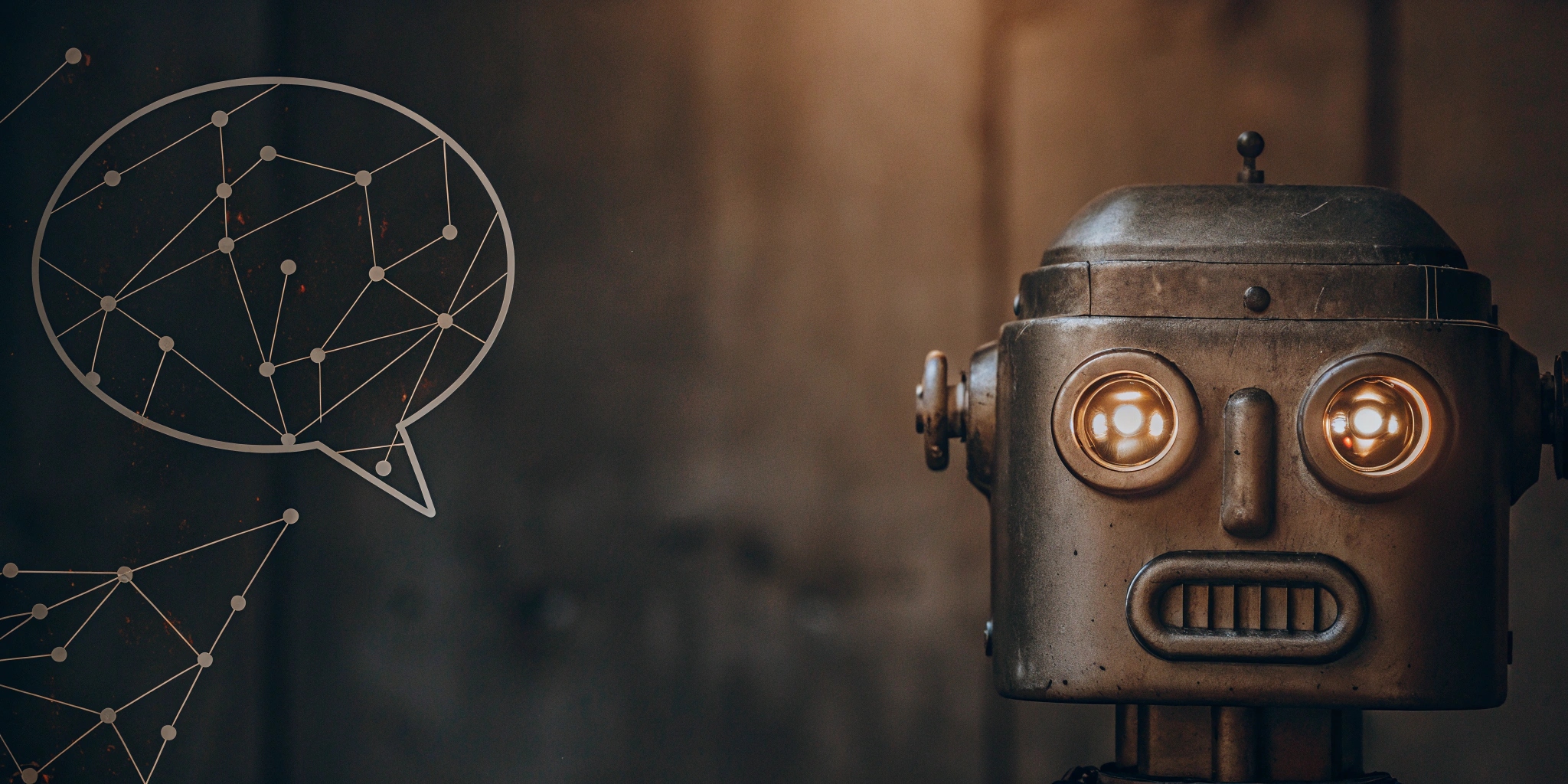Cyber threats are growing in scale, frequency, and sophistication. Traditional security systems struggle to keep up with dynamic and stealthy attacks. This is where Artificial Intelligence (AI) comes in—bringing automation, precision, and predictive power to modern threat detection strategies.
Why Traditional Methods Fall Short
- Rule-based systems are rigid and can’t detect new, evolving threats.
- Human analysts are overwhelmed by massive volumes of alerts.
- Threat detection often occurs after damage has been done.
- Enter AI: A solution that learns, adapts, and scales.
How AI Enhances Threat Detection
1. Anomaly Detection with Machine Learning
AI algorithms learn the baseline behavior of users and systems, then flag any deviation.
Examples:
- Unusual login times
- Large data transfers from unusual IPs
- Irregular application behavior
2. Faster Threat Response through Automation
AI can automate incident detection and response, reducing human effort and response time.
- Immediate isolation of infected systems
- Auto-blocking malicious IPs
- Real-time security alerts
3. Predictive Threat Intelligence
By analyzing past cyberattack data, AI models can forecast future attack vectors.
- Identifies patterns in attack signatures
- Helps in proactive threat hunting
4. Enhanced Accuracy, Reduced False Positives
AI fine-tunes threat detection to differentiate between real threats and benign activities, minimizing alert fatigue for security teams.
5. Integration with SIEM and SOAR Platforms
AI seamlessly integrates with tools like Security Information and Event Management (SIEM) and Security Orchestration, Automation and Response (SOAR) for holistic security posture management.
Popular AI Tools for Threat Detection
- IBM QRadar
- CrowdStrike Falcon
- Darktrace
- Cortex XDR by Palo Alto Networks
- Microsoft Defender for Endpoint
Challenges to Consider
- Bias in training data
- Adversarial AI threats (hackers using AI too)
- High cost of implementation
- Need for skilled cybersecurity professionals
The Future of AI in Cybersecurity
As attacks become more sophisticated, AI will be pivotal in:
- Autonomous threat hunting
- Real-time behavioral analytics
- AI-assisted forensic investigations
- AI-driven deception technologies (honeypots, decoys)
Conclusion
AI is no longer a futuristic addition to cybersecurity—it’s a necessity. With its ability to detect threats faster, smarter, and more accurately, AI empowers organizations to stay ahead of cybercriminals. The blend of human expertise and AI intelligence will shape the future of secure digital ecosystems.


